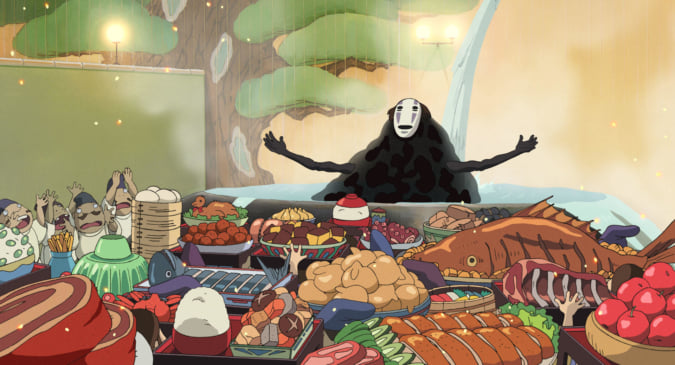Sculptor Keita Miyazaki’s Mechanical Flower Power
The artist uses metal car parts and paper flowers in his artwork to denounce all human-induced global crises.
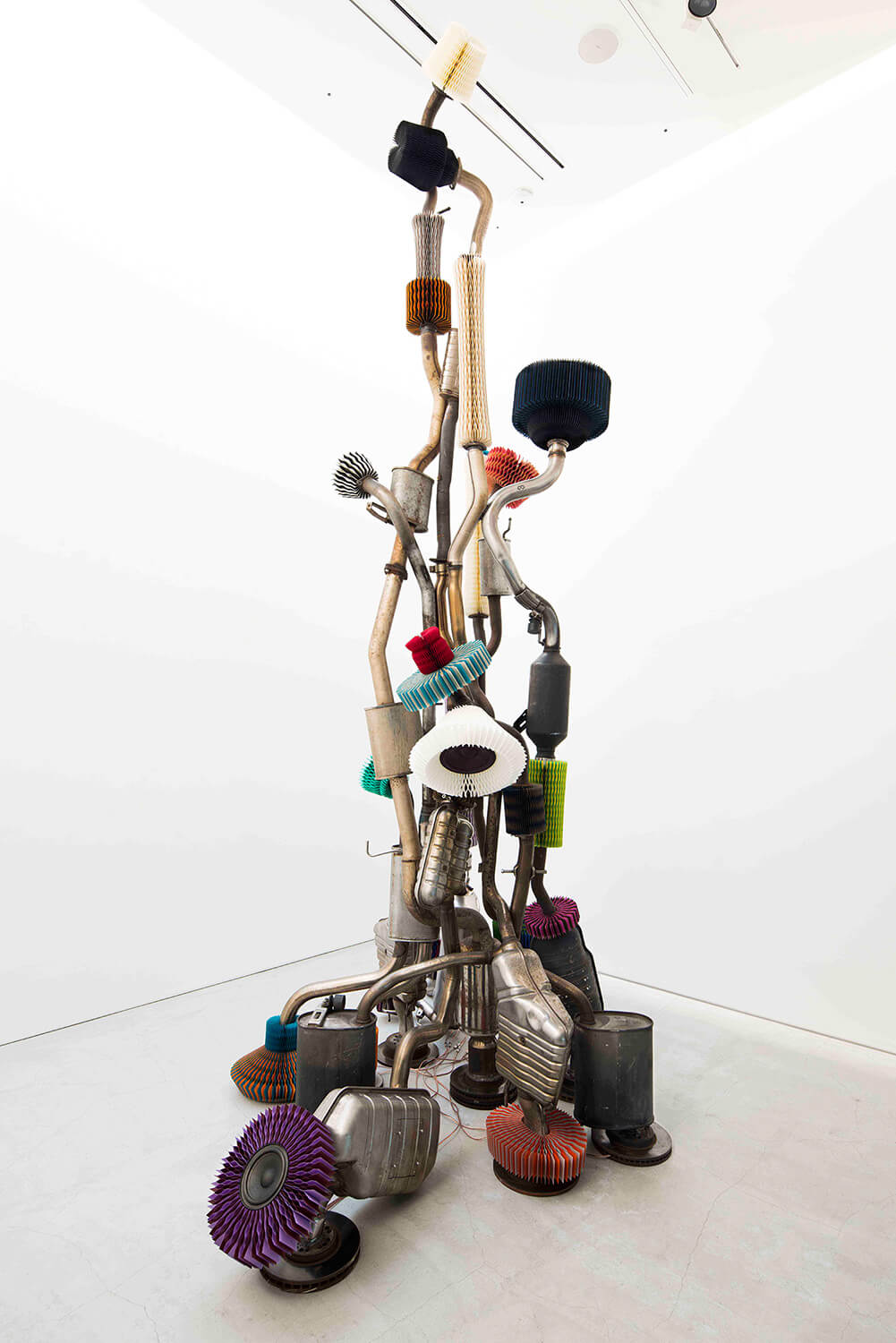
© Keita Miyazaki
A graduate of the Tokyo University of the Arts and the Royal College of Art in London, Keita Miyazaki thrives on antagonism. The sculptor’s works marry the robustness of metal with the fragility of paper, opposing mechanic with organic, order with fantasy.
Industrial progress vs Vegetation
Miyazaki assembles car parts (the car representing capitalism, industrial progress, and mass production) and multicoloured paper flowers (symbolising vegetation, renewal, and the inevitability of life).
In a harmony of seemingly incompatible elements that have already been exhibited at the Victoria and Albert Museum and the Venice Biennale, Keita Miyazaki questions and intrigues. The artist, who considers his work to be post-apocalyptic, seeks to denounce all human-induced global crises, be they nuclear or banking related.
Keita Miyazaki’s works can be seen on his website.
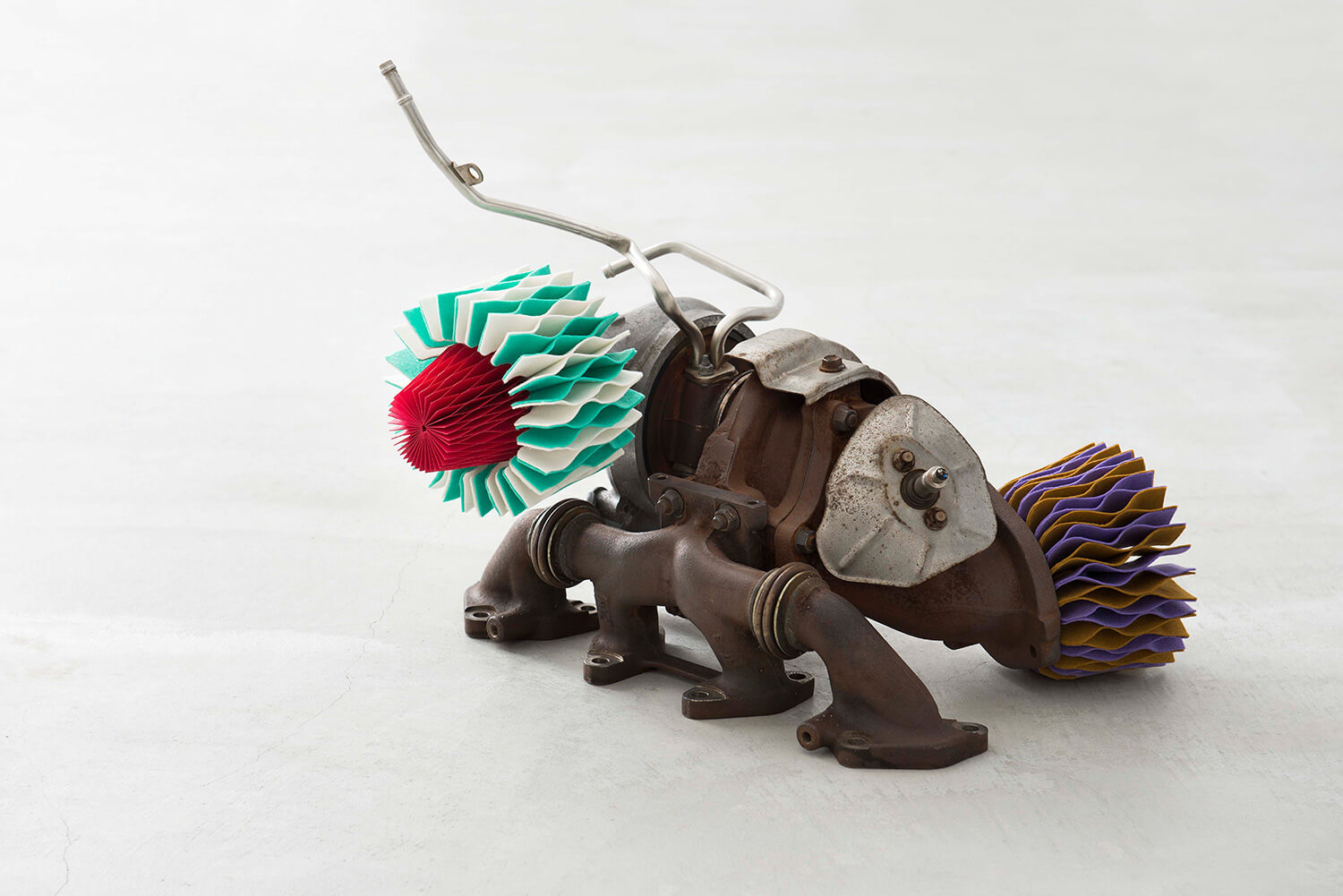
© Keita Miyazaki
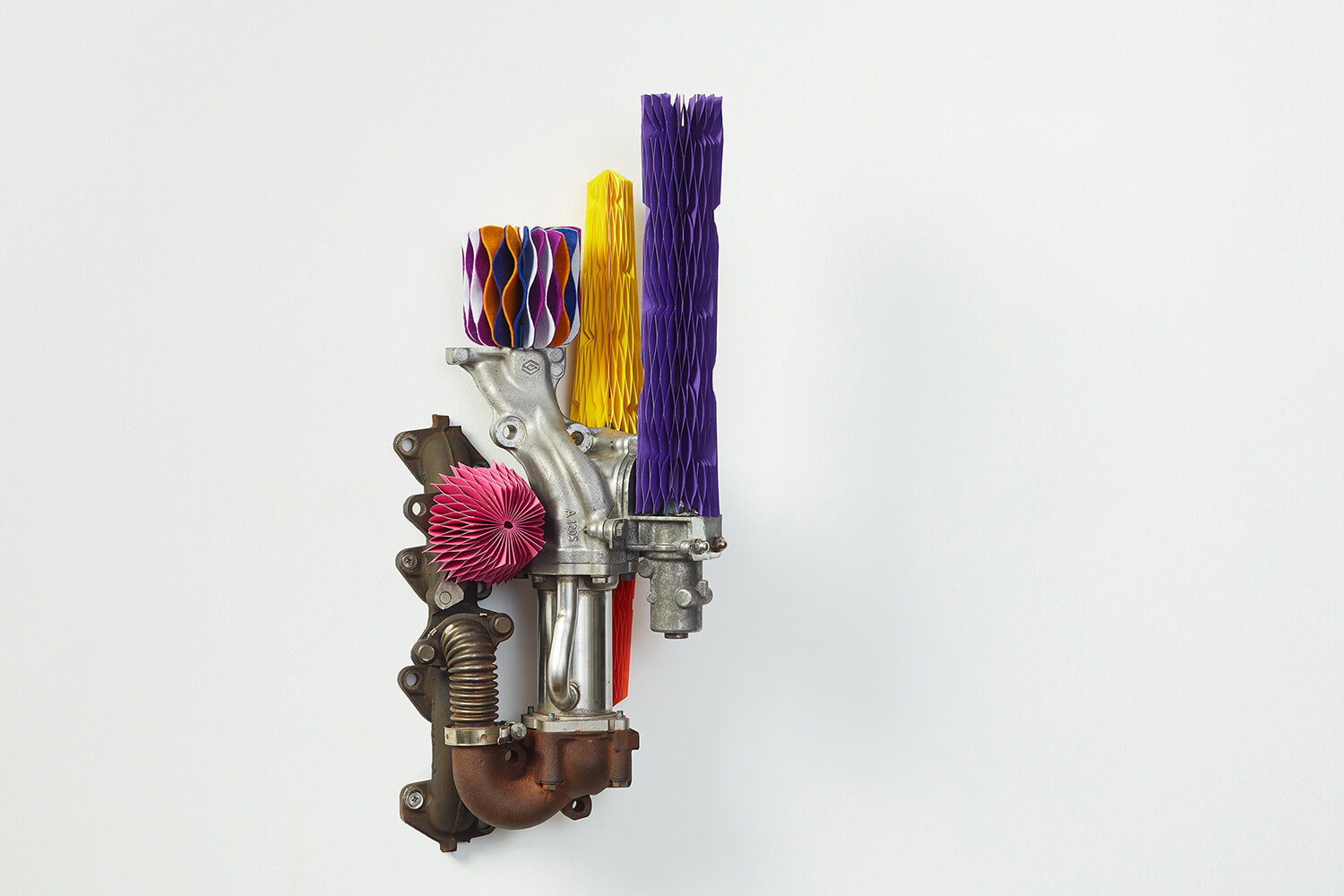
© Keita Miyazaki
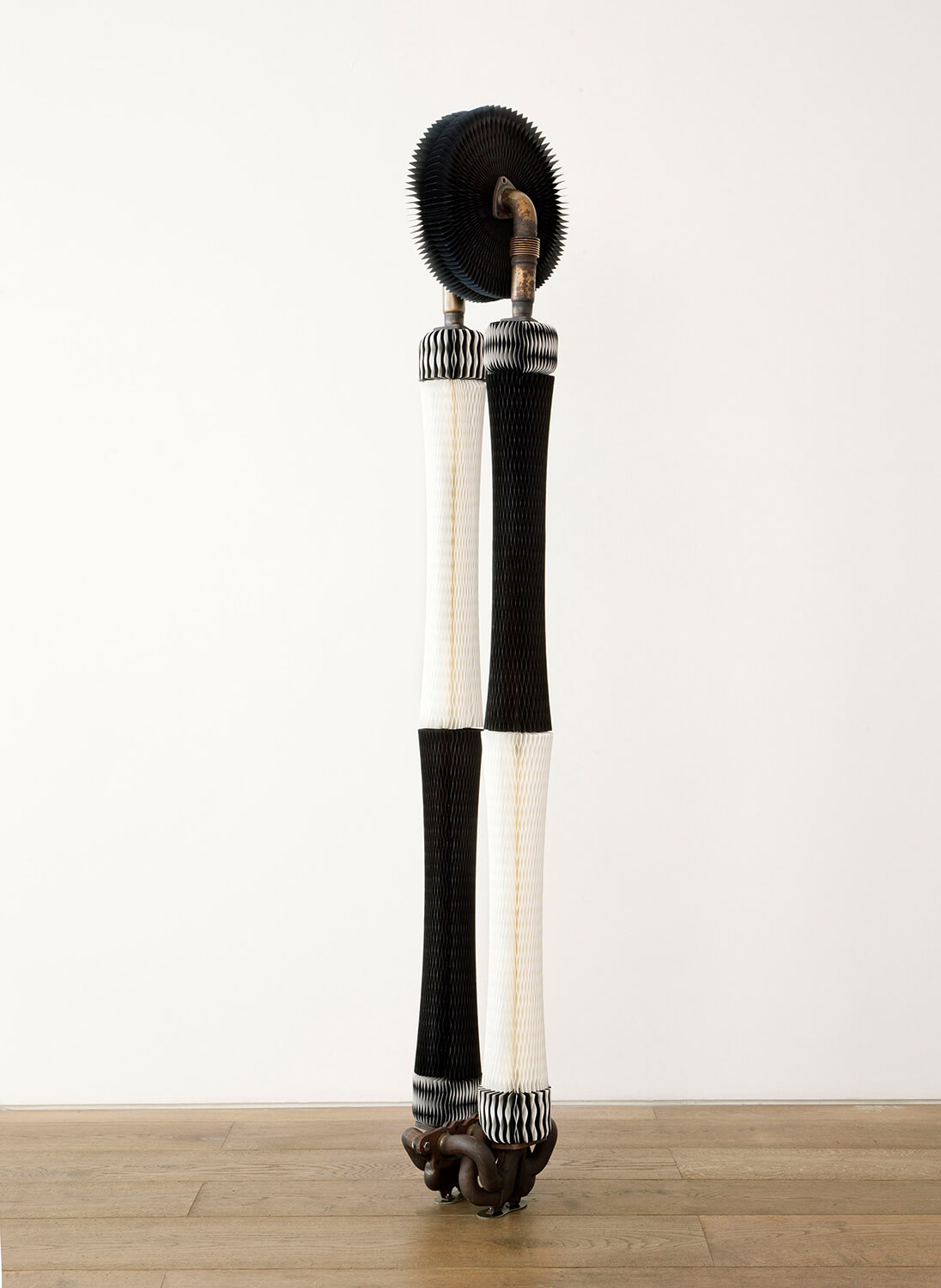
© Keita Miyazaki
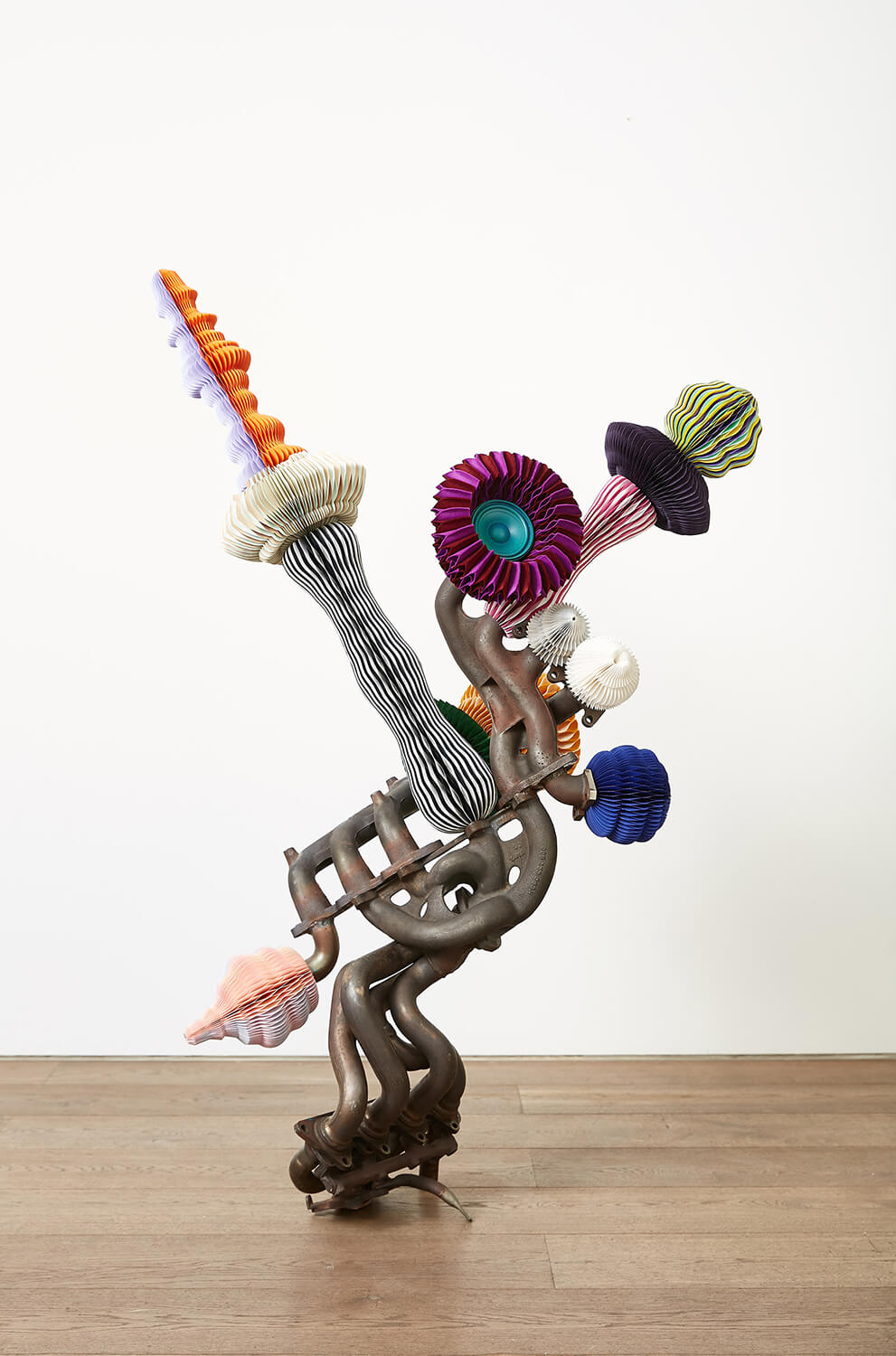
© Keita Miyazaki
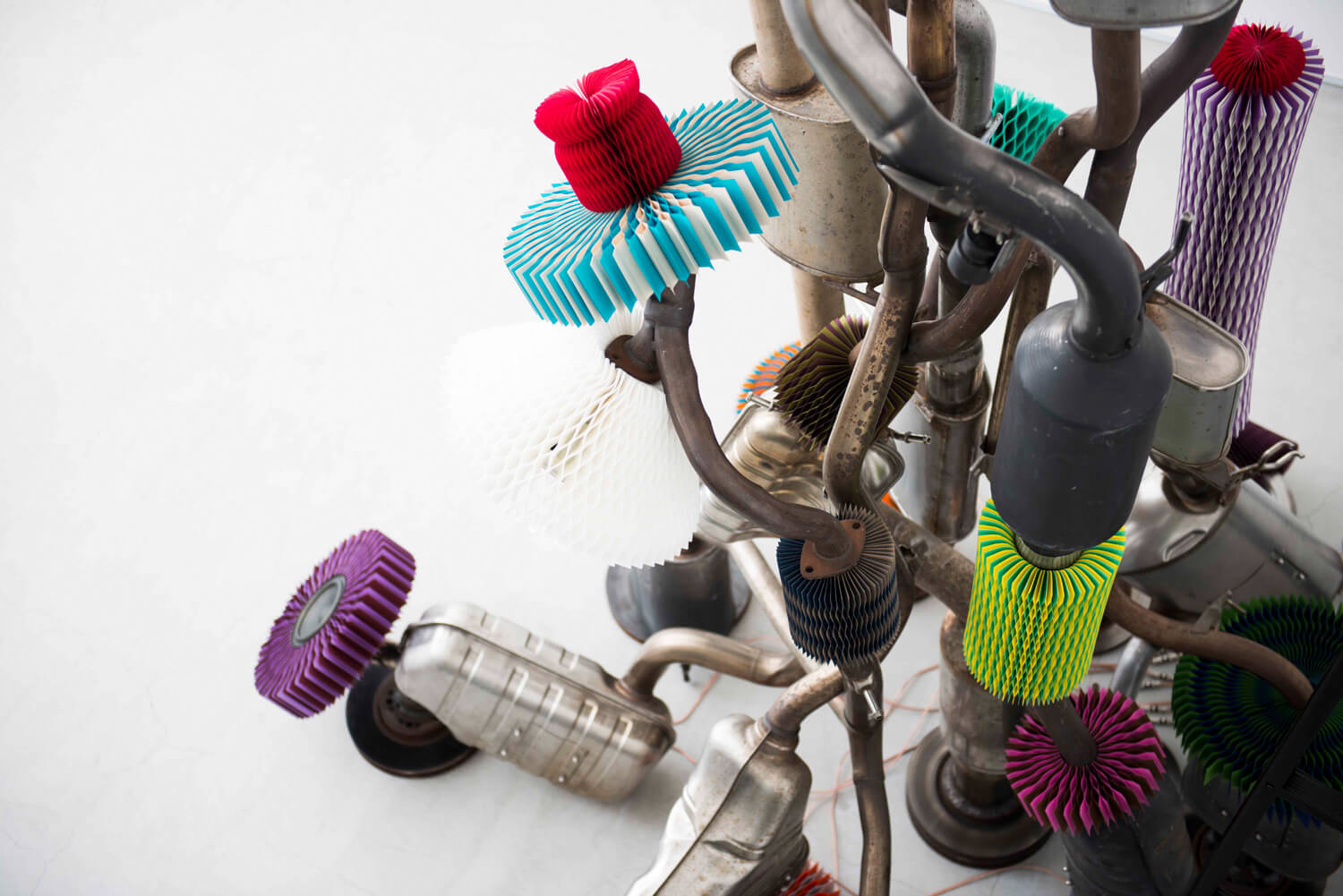
© Keita Miyazaki
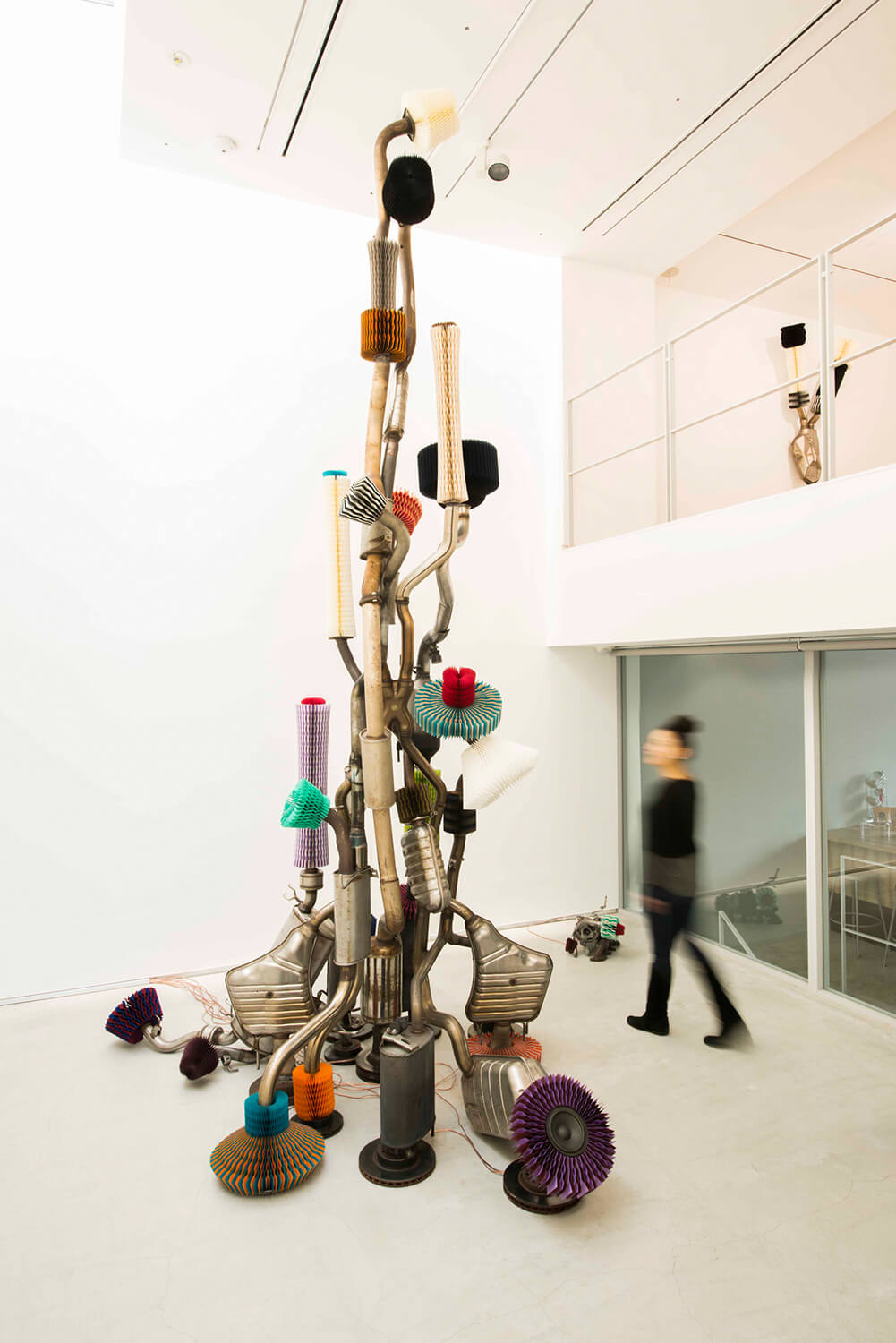
© Keita Miyazaki
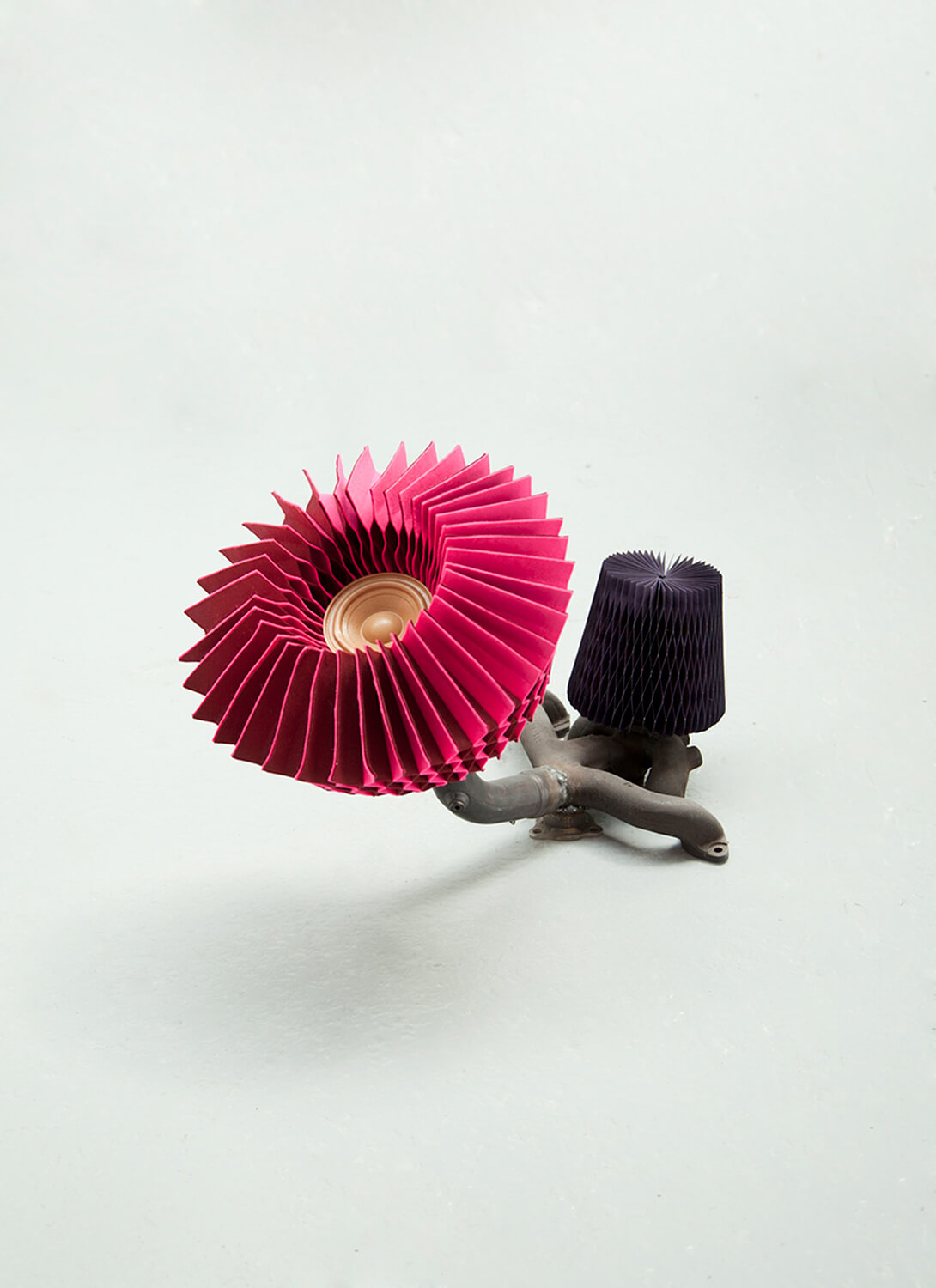
© Keita Miyazaki
TRENDING
-
The Tattoos that Marked the Criminals of the Edo Period
Traditional tattoos were strong signifiers; murderers had head tattoos, while theft might result in an arm tattoo.

-
The Story of Sada Yacco, the Geisha who Bewitched Europe
Described by Dazed magazine as the first beauty influencer, she has been restored to her former glory since 2019.

-
Ito Jakuchu's Naturalist Paintings
From 15 September until 14 October 2018, the Petit Palais showcased the artist's iconic ‘Images of the Colourful Realm of Living Beings’.

-
Chiharu Shiota, Red Threads of the Soul
Last year, more than 660,000 people visited the retrospective 'Chiharu Shiota: The Soul Trembles' exhibit at the Mori Art Museum.

-
Studio Ghibli's Delicious Dishes Are More Than Just Details
Food, often inspired by the directors' favourite recipes, is a crucial element in the plot of these animated films.





